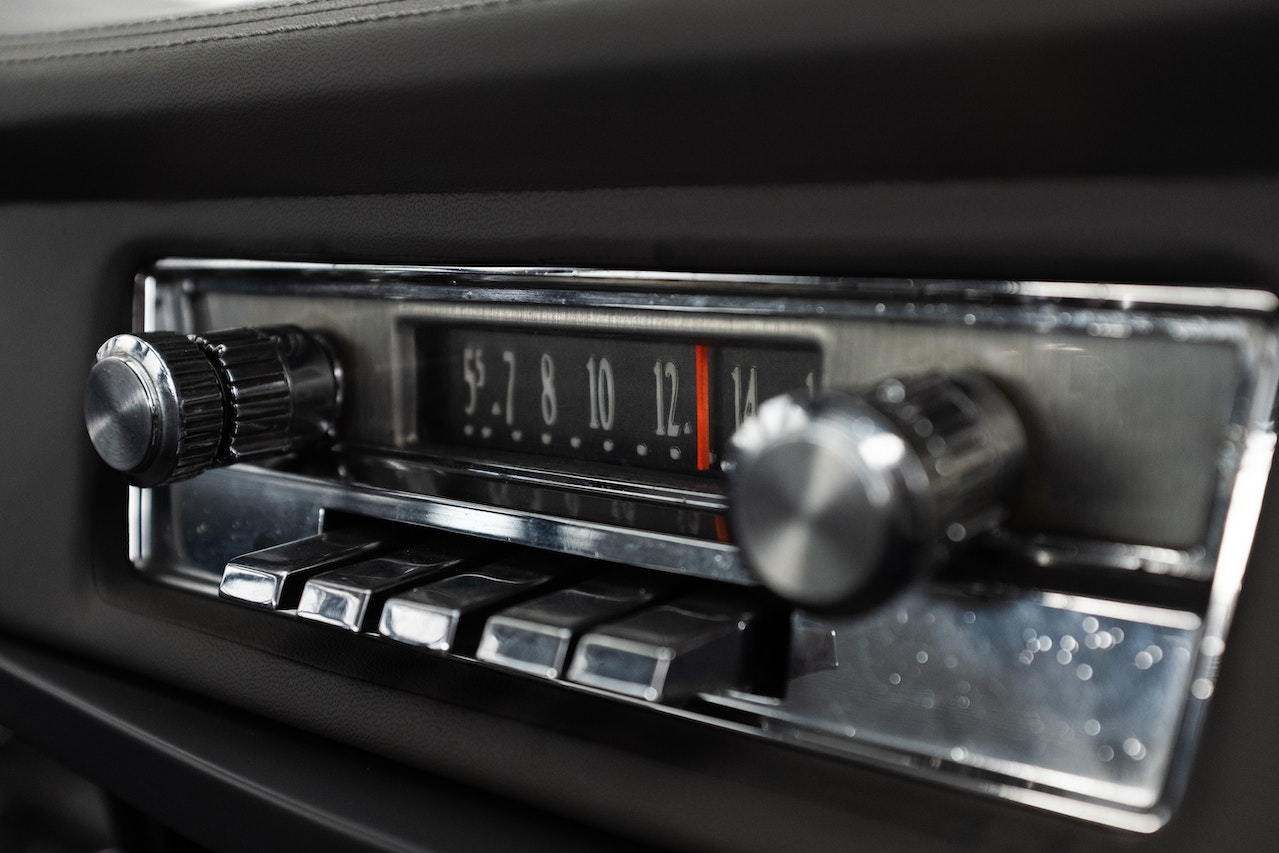When I was in high school, I had an incredibly obnoxious government teacher who, whenever a student made an accurate, but largely meaningless, point, would sarcastically yell out, “Whoop de doo!” I wish I could remember his name because I keep hearing his voice in my head whenever I read about the glorious saving of AM radio.
(He also told us that we should stop dreaming, that none of us in class would ever accomplish anything like being, say, a professional athlete. He was wrong about that.)
Anyway, here’s some greatish news: Ford caved and will include AM radio in all of its cars.
For 2024 models.
Whoop de freaking doo!
In securing broadcast radio’s place in the content firmament, this accomplishes…exactly what?
The argument for saving AM radio seems to boil down to this: it’s an important – sorry, an absolutely vital, can’t-survive-without-it – tool for sending emergency alert messages, particularly into rural communities. The argument is wrong. It’s also a smokescreen.
Before we go any further, a few things to be clear about: (1) I am in no way an expert regarding agriculture or ag communities, (2) having spent copious time in California’s San Joaquin Valley, while I might not be knowledgeable about it, I consider agriculture and farmers to be incredibly important, and (3) I’m working with very limited data here.
That said, c’mon. That’s the best we can do? A combination of FM radio, emergency alerts on cell phones, and everything that’s available on the internet won’t do the trick? Rural Americans need AM radio to survive an emergency?
As somebody who recently took a one-share AM radio station to #1 with Men 25-54 in prime time, color me skeptical. Big shock: when the station was traded away, the new owners quickly realized that the FM repeater that came with the AM was the actual source of 100% of the listening to the “AM” station. The AM signal wasn’t even valueless; it was worse than that. It was a cost center with no financial upside.
The AM signal was turned off. The former AM radio station continues to thrive on a weak FM repeater and an HD-3.
A reminder: people don’t hear the emergency alerts on AM radio unless they’re already listening to AM radio. And again, not many people are listening to AM radio.
Let’s look at what little data we have. How’s AM radio listening in ag communities? Well, the San Joaquin Valley is as ag as it gets. Fresno, which needs more broadcast sources like it needs a hole in the head, has one AM radio station pulling any kind of numbers, KMJ. (Hat tip to you, E!) If somebody in the more rural Visalia MSA is pulling AM numbers (outside of KMJ, of course), they’re not paying Nielsen for the data.
Roll through the Eastlan or Nielsen 12+ numbers throughout smaller markets in the Midwest, and you find – at best – a single notable AM stick per market and plenty of FM listening. Audiencewise, every single one of those AM’s would do just fine – if not better – on a huge FM stick.
You also find much fuller FM airstaffs than you do in many PPM markets – a huge salute to you all for that! (Have I mentioned that, before my last return to day-to-day radio, I genuinely believed that the only way I’d go back was to an unrated, or extremely small, market?)
Bottom line: AM radio is hardly a necessity for, well, anything. Why, then, is radio losing its lunch at the thought of AM radio losing its place in the dashboard?
Duh.
If AM goes, FM radio will be next on the chopping block.
I don’t even need to say what that would mean, do I?
While we need to avoid that catastrophe at all costs, scaring Ford – or Congress – into “supporting” AM radio is a short-term solution. At some point, the cost of including a feature that customers don’t care about – and don’t use – in cars will send AM radio to the cornfield. Then, FM radio will be squarely in the crosshairs.
Unless.
Unless we do one thing.
Make the damn product desirable enough that car buyers – also known to us radio folk as “listeners” – will demand it.
You don’t achieve that by playing the same music a car buyer – er, listener – can hear in a functionally infinite number of other places, including on Spotify, Sirius, their phones, and just about everywhere else.
You do it with unique, compelling content that the listener can’t get anywhere else.
That’s hardly a newsflash, but have we, as an industry, been buying what we’re selling? (Answer: no, not really.)
Sure, some of that content just might be music, as long as it’s provided in a unique, compelling way. A lot of it will be, of necessity, spoken word.
All of it will be created by talent who are currently in greater supply in Fargo and Elkhart than they are in a lot of metered markets.
How do we get out of this mess? I’ve already said it. How do we afford to do it? I’ve already written about it.
Now how about we stop taking a victory lap for what is, in the end, a pyrrhic victory and get on with trying to fix what ails us?



